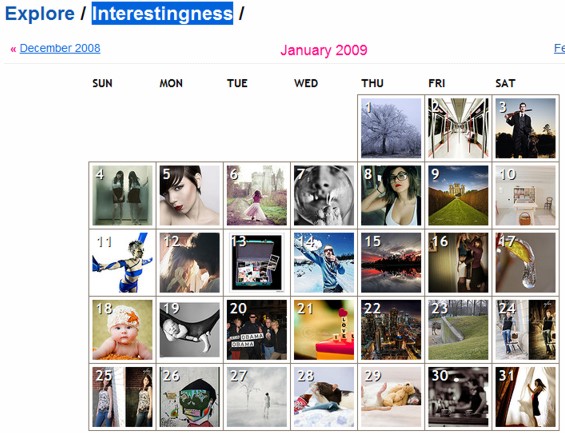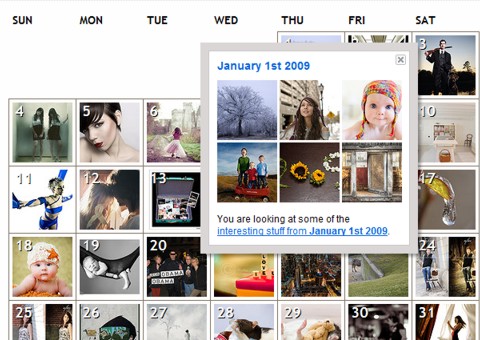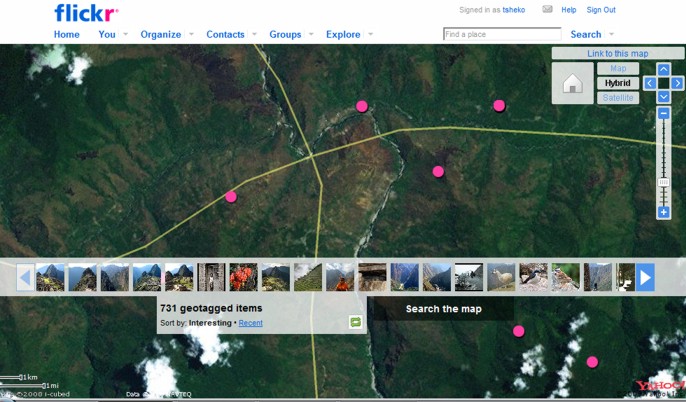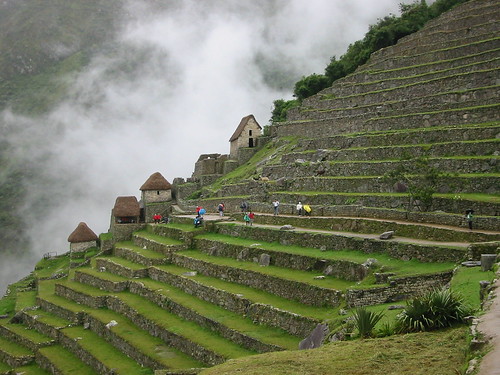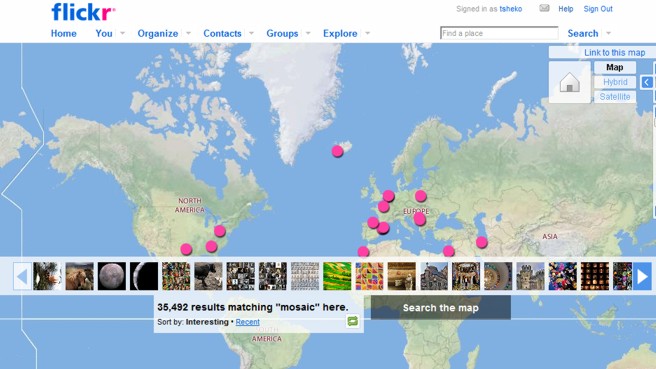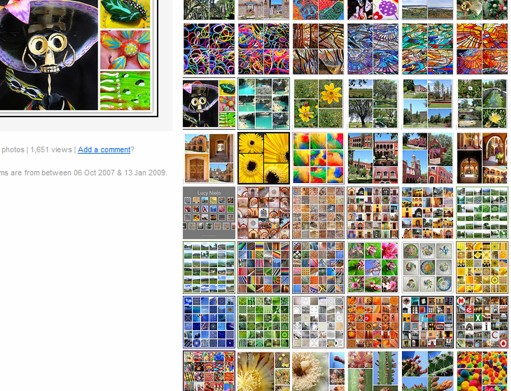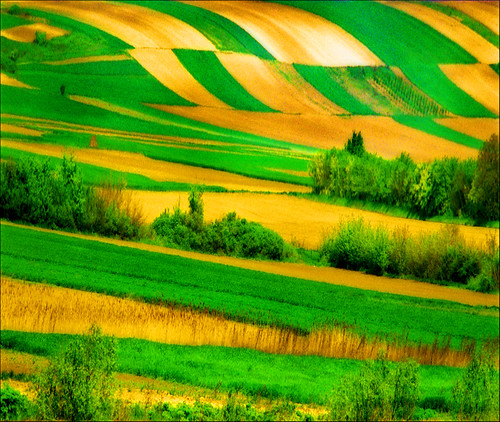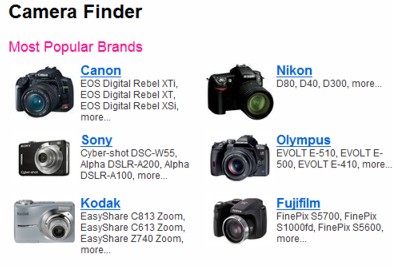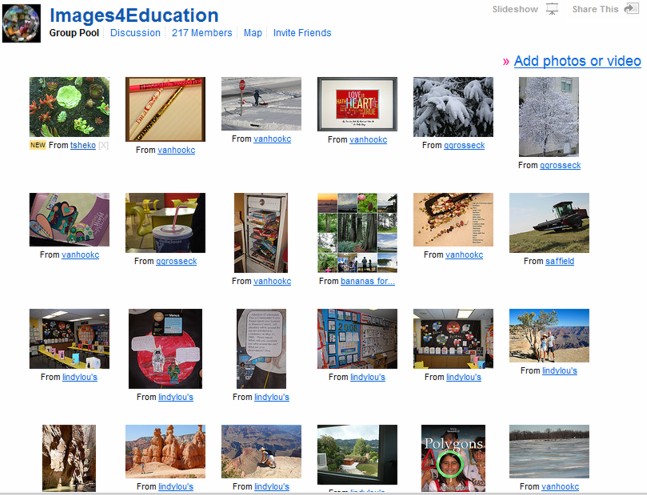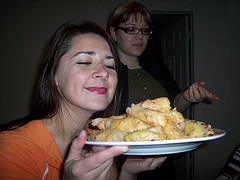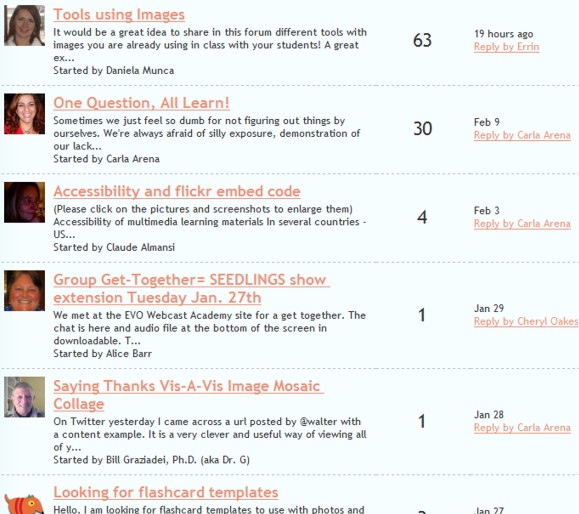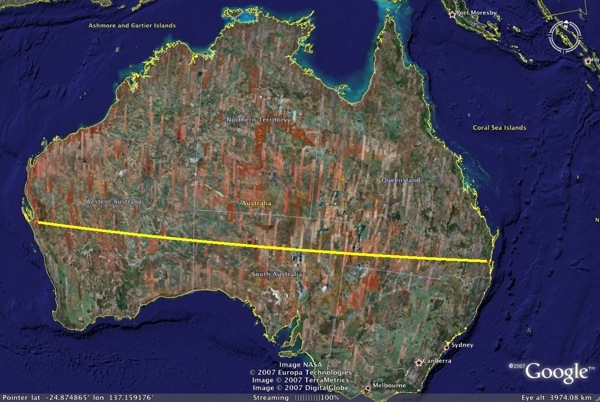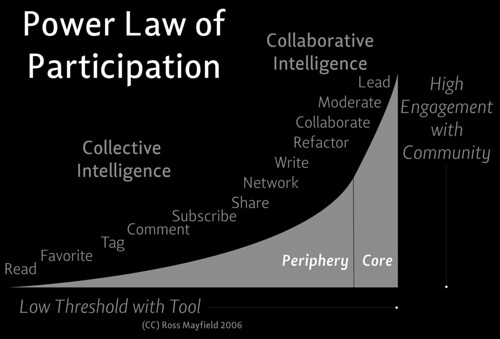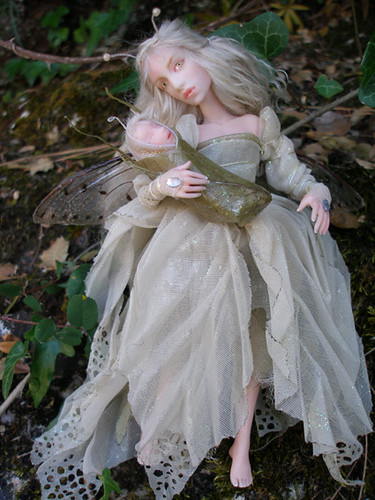[youtube=http://www.youtube.com/watch?v=JP0w9lZoLwU]
David Merrill is the creative inventor of Siftables, small computer blocks that interact with each other, offering a myriad of learning possibilities using physical manipulation and play.
I’m so inspired by people like David, and by the way he talks just as much as what he does. His passionate explanation of his new discovery reveals creative and innovative thinking. He says “I started to wonder… what if…?” And that’s the point where you know something great is going to happen. ‘What if…?’ is something I think we should do more often.
So he thinks ‘What if, when we use computers, instead of having a single mouse cursor, we could reach with both hands and grasp information physically, arranging it the way we wanted it?’
David’s idea came from watching kids play with blocks, and understanding that through this physical play they were learning how to think and solve problems by understanding and manipulating spatial relationships. He argues that spatial reasoning is deeply linked with how we understand the world around us.
From this idea, David, the computer scientist, came up with a concept and developed a new tool – Siftables; you could grab information physically and arrange it the way you wanted to. Siftables, according to David, are an example of a new ecosystem of tools for manipulating information, for exploring new and fun interaction styles. The blocks are somehow aware of each other, aware of the nuances of how we move them, and respond accordingly. The examples he showed were language and maths games, as well as musical composition, but he hinted that there were many more applications.
The game aspect is appealing. As David says, you don’t have to give kids many instructions – they work it out for themselves by playing around with the blocks. Discovery.
The music was my favourite example, and I immediately wanted to have a go. The Siftables enabled you to inject sounds into a sequence that you could assemble into the pattern you wanted.
David says, ‘My passion is to make new human computer interfaces that are a better match to ways our brains and bodies work… we are on the cusp of a new generation of tools for interacting with digital media that is going to bring information into our world on our terms.’
A powerful statement.
I like the way he’s thinking about matching digital tools with our brains AND bodies. I often think about how traditional education, with its expectation that students sit still and listen for prolonged periods of time, or work on teacher-prescribed work which focuses on text, doesn’t match the way adolescents function, and definitely doesn’t take into account their need for physical activity.
Siftables may have been created for young children but I think there is much potential for adolescents too. This is an excellent example to underline something I’ve been saying for a while: technology is not an end in itself. Technological tools are just tools, but they can enhance learning, and with the learner in mind, and particularly with the learning aims in mind, they can enable creative and innovative activity.
Thanks to @marciamarcia for this link.



